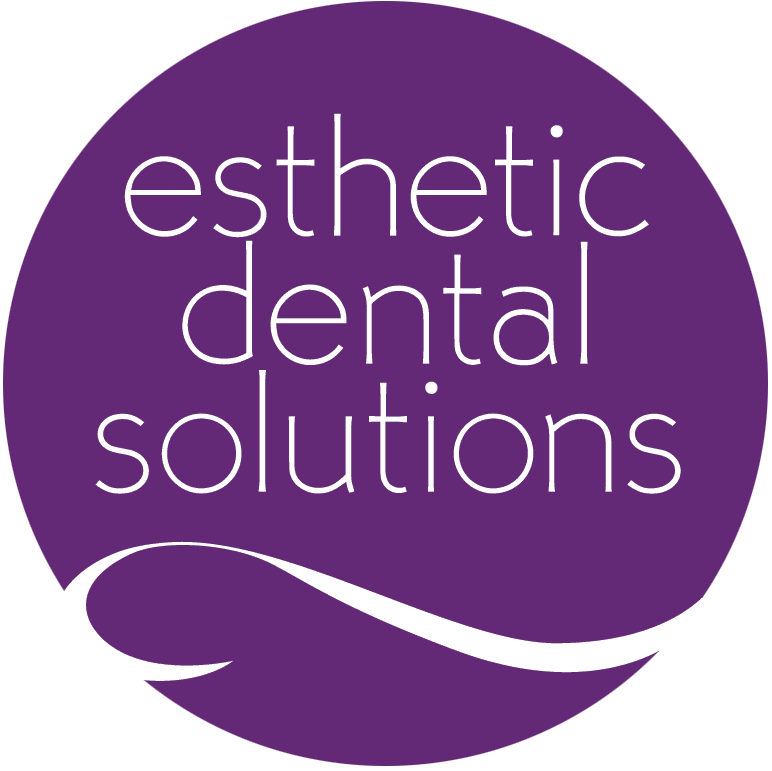A dental bridge fills the gap left by one or more missing teeth. It consists of crowns on either side of the gap. These crowns anchor the false tooth or teeth in place. The bridge could not only restore your smile but also help maintain the shape of your face. It prevents remaining teeth from drifting out of position, which can cause bite problems. Proper oral hygiene is crucial for maintaining them. Follow these tips to keep your dental bridge in top shape.

Brushing Techniques
Brushing is essential for cleaning your dental bridge. Use a soft-bristled toothbrush to avoid damaging the bridge. Brush at least twice a day, preferably after meals. Pay special attention to the area around the bridge. Use gentle, circular motions to clean effectively. Avoid using abrasive toothpaste, as it can damage the bridge’s surface. Consider using a toothpaste designed for sensitive teeth. This can help protect both your natural teeth and the bridge. Electric toothbrushes can also be beneficial. They often provide a more thorough cleaning than manual brushes.
Flossing Methods
Flossing is equally important for maintaining oral hygiene. It removes plaque and food particles that brushing might miss. Use a floss threader to clean under the bridge. Insert the threader between the bridge and your gums. Gently move the floss back and forth to remove debris. Do this daily to prevent gum disease and decay. You can also use a water flosser. It uses a stream of water to clean between teeth and under the bridge. This can be easier for some people than traditional flossing.
Interdental Brushes
Interdental brushes can help clean hard-to-reach areas. They are small brushes designed for cleaning between teeth. Choose a brush size that fits comfortably between your teeth. Insert the brush gently between your teeth and the bridge. Move it back and forth to remove debris. These brushes are especially useful for cleaning around the bridge’s anchor crowns. Use them daily for best results. They can also help reduce the risk of gum disease and decay.
Rinsing with Mouthwash
Mouthwash helps reduce bacteria in your mouth. Use an antibacterial mouthwash daily to help maintain oral health. Swish it around for 30 seconds before spitting it out. Avoid rinsing with water immediately afterward. This allows the mouthwash to work effectively. Mouthwash can also help freshen your breath. Choose a mouthwash that contains fluoride. Fluoride helps strengthen your teeth and prevent decay. Consult your dentist for recommendations on the best mouthwash for your needs.
Regular Dental Checkups
Regular dental checkups are crucial for maintaining your dental bridge. Visit your dentist every six months for a thorough examination. They will examine your bridge and overall oral health. Professional cleanings remove plaque and tartar that regular brushing and flossing might miss. Your dentist can also detect any issues early on, such as decay or gum disease. Early detection allows for prompt treatment, which can prevent more serious problems. Your dentist can also provide personalized advice on maintaining your bridge.
Diet and Lifestyle
A healthy diet supports oral health and the longevity of your dental bridge. Avoid sugary and acidic foods, as they can cause tooth decay and damage the bridge. Eat a balanced diet rich in vitamins and minerals. Foods high in calcium and vitamin D are particularly beneficial for your teeth. Drink plenty of water to stay hydrated and help wash away food particles.
Special Considerations
Certain habits can damage your dental bridge. Avoid chewing on hard objects like ice, pens, or nails. These can cause cracks or chips in the bridge. Don’t use your teeth to open packages or bottles. This can put excessive pressure on the bridge and cause it to break. Wear a mouthguard if you grind your teeth at night. Grinding can put significant stress on the bridge. Your dentist can provide a custom-fitted mouthguard for optimal protection.
Emergency Situations
Accidents can happen, even with the best care. If your bridge becomes loose or damaged, contact your dentist immediately. Do not attempt to fix it yourself. Your dentist will provide the best solution. They may need to re-cement the bridge or replace it entirely. In the meantime, avoid chewing on the affected side. This can prevent further damage. Keep the area clean to prevent infection. Follow your dentist’s instructions for care and follow-up appointments.
Dr. Angie Gribble Hedlund DMD offers excellent dental services. They ensure your dental bridge stays in top condition. They also provide guidance on maintaining oral hygiene. Schedule an appointment today to experience their exceptional service.
